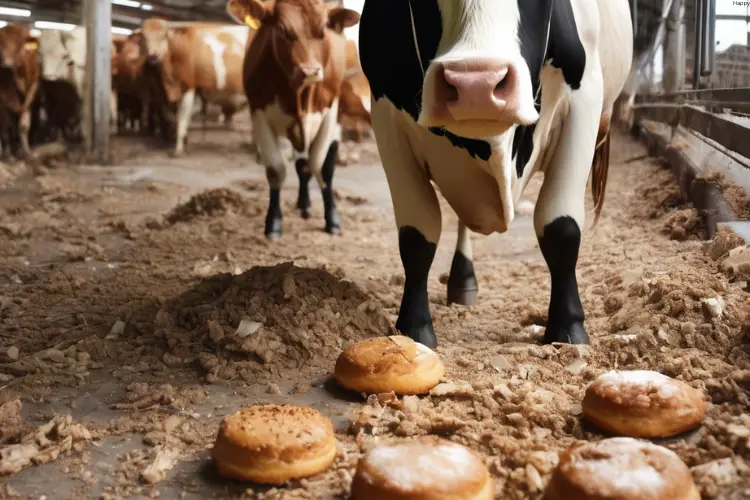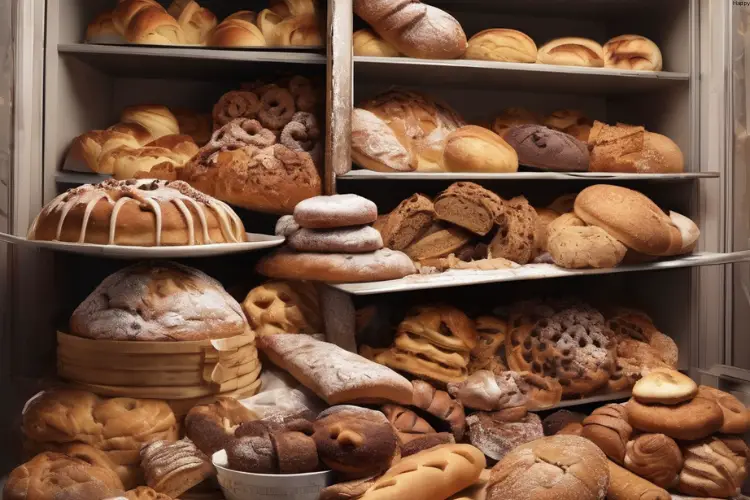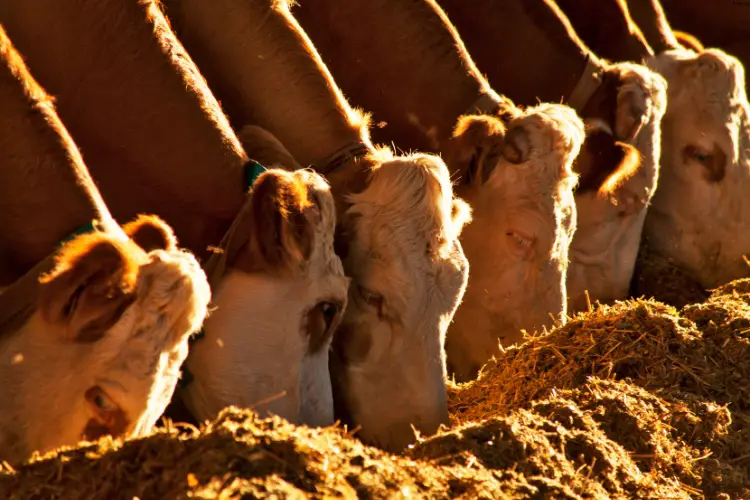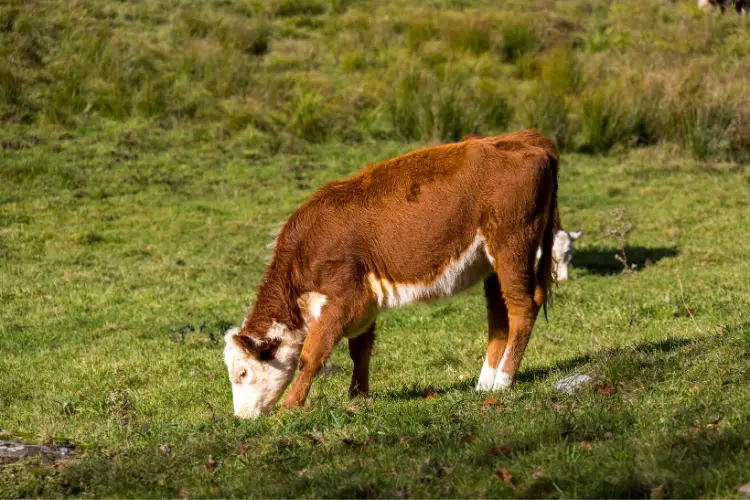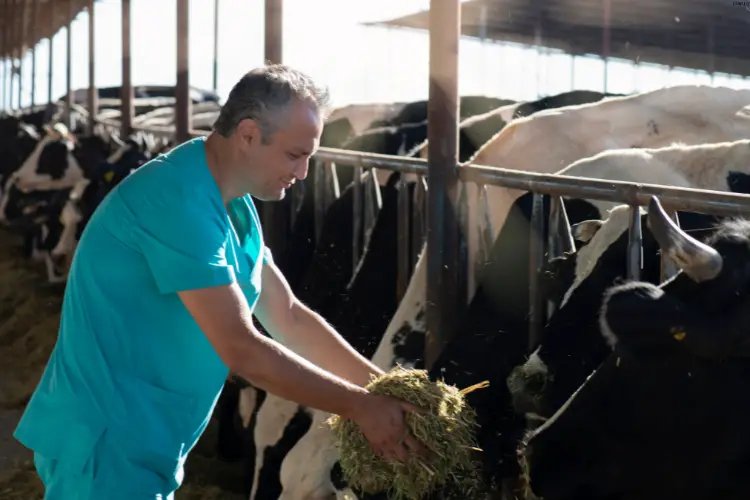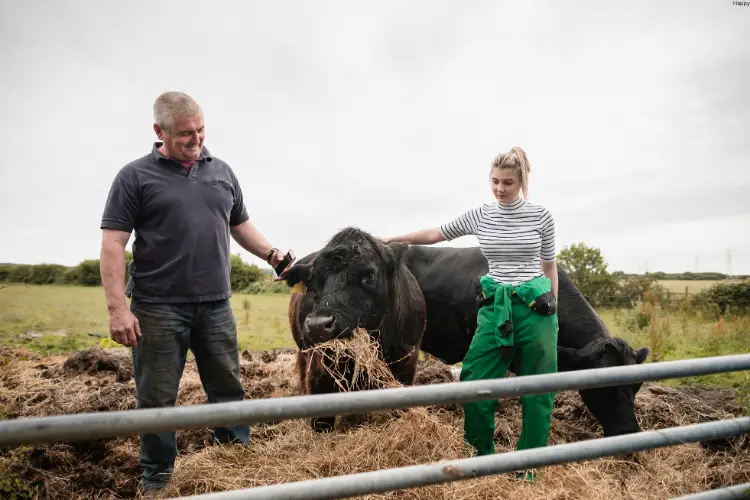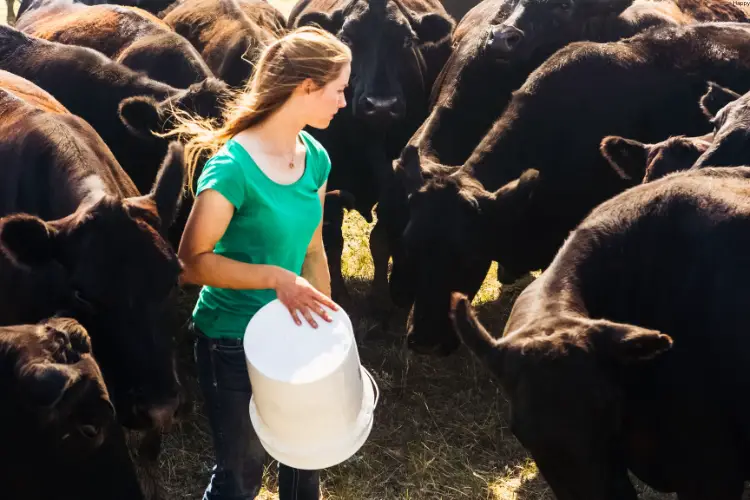In the pursuit of sustainable agricultural practices, dairy farmers are constantly seeking innovative ways to optimize their cattle’s nutrition while minimizing costs and environmental impact.
One such solution that has gained traction in recent years is the use of bakery waste as a feed supplement for dairy cattle.
This practice not only provides a cost-effective nutrition source for the animals but also contributes to reducing food waste, creating a win-win situation for both the dairy and bakery industries.
In this blog post we will explore the benefits, challenges, and best practices associated with feeding bakery waste to dairy cattle.
We’ll delve into the nutritional aspects, economic considerations, and environmental implications of this practice, providing dairy farmers and industry professionals with valuable insights to make informed decisions.
Understanding Bakery Waste as a Feed Source
1. What is Bakery Waste?
Bakery waste refers to the by-products and unsold items from bakeries and food manufacturing facilities. This can include:
- Bread and pastry remnants
- Damaged or expired baked goods
- Dough scraps and trimmings
- Cookies and crackers that don’t meet quality standards
- Surplus production from large-scale bakeries
These products, while no longer suitable for human consumption, often retain significant nutritional value that can be harnessed for animal feed.
2. Nutritional Profile of Bakery Waste
Bakery waste can be a valuable source of energy and nutrients for dairy cattle. Its nutritional composition typically includes:
- High carbohydrate content (mainly from starches and sugars)
- Moderate protein levels
- Variable fat content depending on the source products
- Some vitamins and minerals, particularly from fortified bread products
It’s important to note that the exact nutritional profile can vary depending on the specific mix of bakery products in the waste stream.
Benefits of Feeding Bakery Waste to Dairy Cattle
1. Economic Advantages
- Cost-effective feed source: Bakery waste is often significantly cheaper than traditional grain-based feeds.
- Reduced feed expenses: Incorporating bakery waste can lower overall feed costs for dairy operations.
- Potential for increased milk production: When properly balanced in the diet, bakery waste can contribute to improved milk yields.
2. Environmental Benefits
- Waste reduction: Utilizing bakery waste diverts a significant amount of food from landfills.
- Lower carbon footprint: Reducing food waste in landfills decreases methane emissions.
- Resource conservation: Using bakery waste reduces the demand for new grain production for cattle feed.
3. Nutritional Advantages
- High energy content: The high carbohydrate levels in bakery waste provide readily available energy for dairy cows.
- Palatability: Many cows find bakery waste highly palatable, which can encourage feed intake.
- Digestibility: The processed nature of bakery products often results in high digestibility for cattle.
Challenges and Considerations
While feeding bakery waste to dairy cattle offers numerous benefits, there are several challenges and considerations that farmers must address:
1. Variability in Nutritional Content
- Bakery waste composition can vary greatly depending on its source and the mix of products.
- This variability can make it challenging to maintain a consistent nutritional profile in the overall diet.
2. Potential for Spoilage
- High moisture content in some bakery waste products can lead to rapid spoilage if not properly stored.
- Mold growth is a particular concern and can pose health risks to cattle.
3. Balancing the Diet
- Bakery waste is typically high in carbohydrates but may lack other essential nutrients.
- Careful diet formulation is necessary to ensure a balanced nutritional intake for the cows.
4. Logistics and Storage
- Proper storage facilities are required to prevent spoilage and maintain quality.
- Transportation and handling of bakery waste can present logistical challenges.
5. Regulatory Compliance
- Farmers must ensure that the use of bakery waste complies with local and national regulations regarding animal feed.
- Some regions may have specific guidelines or restrictions on the use of food waste in animal diets.
Best Practices for Feeding Bakery Waste to Dairy Cattle
To maximize the benefits and mitigate the challenges of using bakery waste as cattle feed, consider the following best practices:
- Conduct regular nutritional analysis: Regularly test the bakery waste to understand its nutritional composition and adjust the overall diet accordingly.
- Implement proper storage methods: Store bakery waste in a dry, cool environment to prevent spoilage and mold growth.
- Gradually introduce bakery waste: When incorporating bakery waste into the diet, do so gradually to allow the cows’ digestive systems to adapt.
- Balance the overall diet: Work with a nutritionist to ensure that the inclusion of bakery waste results in a balanced diet that meets all of the cows’ nutritional needs.
- Monitor herd health and performance: Regularly assess the cows’ health, milk production, and reproductive performance to ensure the diet is supporting optimal outcomes.
- Establish reliable sourcing: Develop relationships with bakeries or food manufacturers to ensure a consistent supply of quality bakery waste.
- Implement quality control measures: Inspect bakery waste upon arrival and before feeding to ensure it’s free from contaminants or spoilage.
- Consider processing methods: In some cases, further processing (e.g., drying or pelleting) of bakery waste can improve its storage life and ease of handling.
Incorporating Bakery Waste into Dairy Cattle Diets
When integrating bakery waste into dairy cattle diets, it’s crucial to consider the following factors:
1. Inclusion Rates
The appropriate inclusion rate of bakery waste in dairy cattle diets can vary depending on several factors:
- The specific nutritional needs of the herd
- The composition of the bakery waste
- The overall diet formulation
Generally, bakery waste can be included at rates of 10-20% of the total dry matter intake, but this should be determined in consultation with a nutritionist.
2. Complementary Feed Ingredients
To create a balanced diet, bakery waste should be combined with other feed ingredients that complement its nutritional profile:
- Forages (e.g., hay, silage) to provide fiber
- Protein sources (e.g., soybean meal) to balance the protein content
- Minerals and vitamins to ensure all nutritional requirements are met
3. Feeding Strategies
Consider the following strategies when feeding bakery waste to dairy cattle:
- Mix bakery waste with other feed ingredients to ensure uniform consumption
- Offer bakery waste as part of a total mixed ration (TMR) for consistent intake
- Monitor feed intake and adjust the diet as necessary to maintain optimal performance
Economic Analysis: Cost-Benefit of Using Bakery Waste
To illustrate the potential economic benefits of incorporating bakery waste into dairy cattle diets, consider the following table:
| Factor | Traditional Diet | Diet with Bakery Waste |
|---|---|---|
| Feed Cost (per ton) | $250 | $200 |
| Daily Feed Intake (per cow) | 50 lbs | 50 lbs |
| Daily Feed Cost (per cow) | $6.25 | $5.00 |
| Monthly Feed Cost (per cow) | $187.50 | $150.00 |
| Annual Feed Cost (per cow) | $2,281.25 | $1,825.00 |
| Annual Savings (per cow) | – | $456.25 |
This example demonstrates potential savings of over $450 per cow annually by incorporating bakery waste into the diet. However, it’s important to note that actual savings will vary based on local prices, availability of bakery waste, and other factors specific to each dairy operation.
Environmental Impact and Sustainability
The use of bakery waste in dairy cattle diets contributes to sustainability efforts in several ways:
- Reduced food waste: By diverting bakery waste from landfills, this practice helps reduce overall food waste.
- Lower greenhouse gas emissions: Less food waste in landfills means reduced methane emissions from decomposing organic matter.
- Resource conservation: Utilizing bakery waste reduces the need for new grain production, conserving land, water, and energy resources.
- Circular economy: This practice creates a symbiotic relationship between the bakery and dairy industries, promoting a more circular and sustainable economy.
Future Outlook and Research Directions
As the dairy industry continues to seek sustainable and cost-effective feeding solutions, the use of bakery waste is likely to gain further attention. Future research and development in this area may focus on:
- Improving processing and storage methods to extend the shelf life of bakery waste
- Developing standardized nutritional profiles for different types of bakery waste
- Investigating the long-term effects of bakery waste diets on cow health and milk quality
- Exploring the potential for using other food industry by-products in dairy cattle diets
Conclusion
Feeding bakery waste to dairy cattle represents a promising approach to sustainable nutrition management in the dairy industry.
By turning what would otherwise be waste into a valuable feed resource, dairy farmers can reduce costs, minimize environmental impact, and contribute to a more circular economy.
However, success with this feeding strategy requires careful consideration of nutritional balance, proper storage and handling, and ongoing monitoring of herd health and performance.
By following best practices and working closely with nutritionists and veterinarians, dairy farmers can harness the benefits of bakery waste while ensuring the well-being and productivity of their herds.
As the agricultural industry continues to evolve towards more sustainable practices, innovative feeding solutions like the use of bakery waste will play an increasingly important role in shaping the future of dairy farming.


